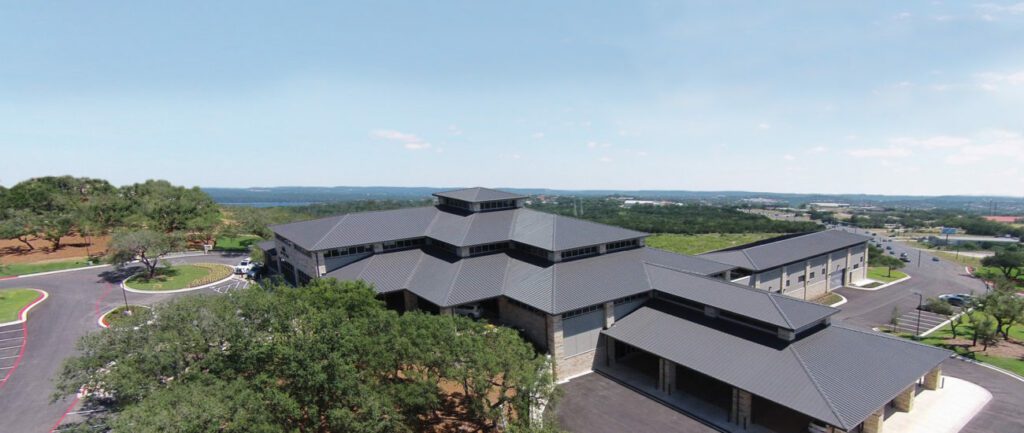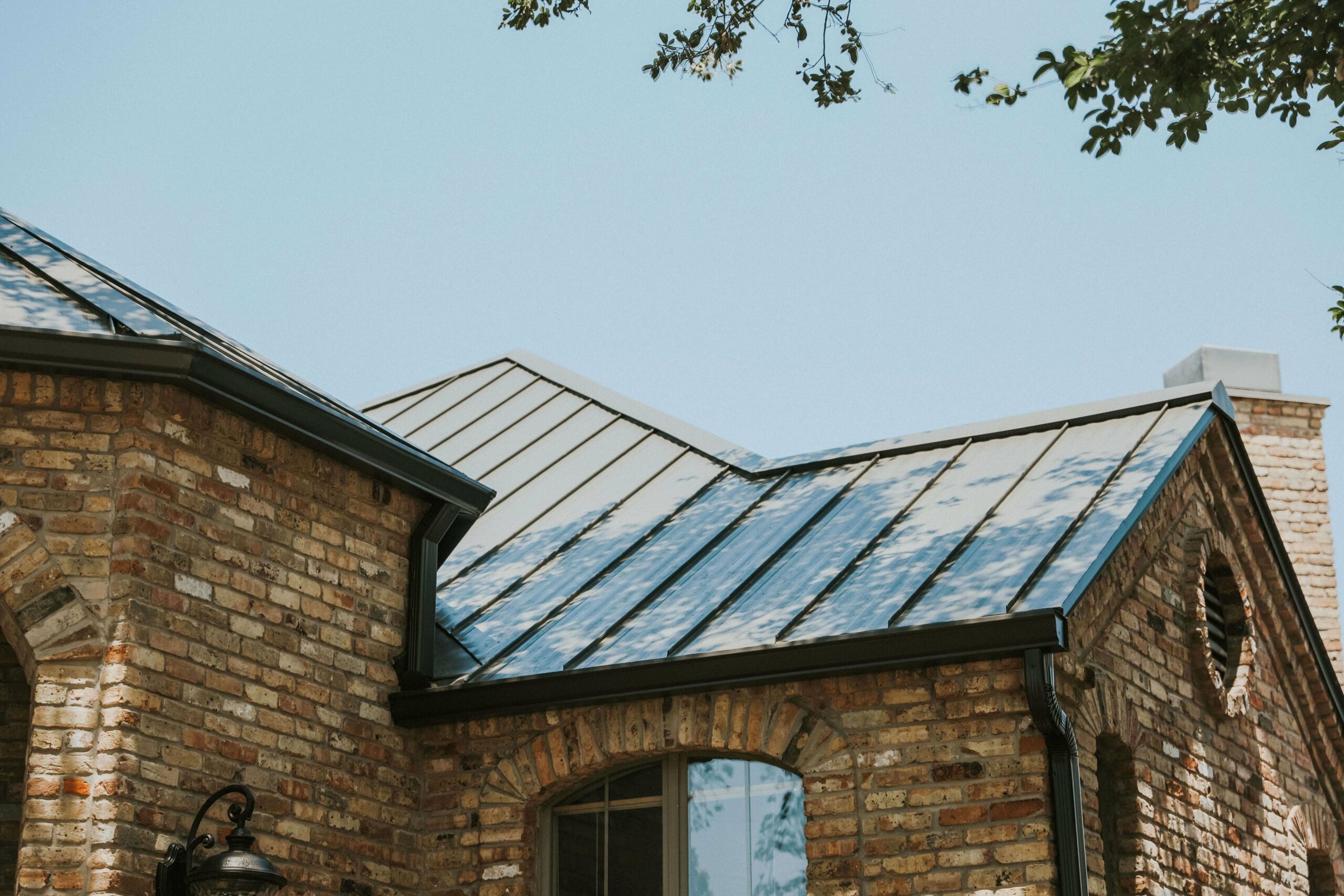Choosing the right roofing for a commercial building is a critical decision that impacts the building’s durability, energy efficiency, and overall maintenance costs. With numerous options available, understanding the pros and cons of each type can help you make an informed choice. Here, we explore the best roofing materials for commercial buildings to guide you through the decision-making process.

1. Built-Up Roofing (BUR) Membrane
Built-up roofing, also known as BUR, is one of the oldest and most reliable roofing options for flat or low-slope commercial roofs. It consists of multiple layers of bitumen (asphalt) and reinforcing fabrics, topped with a layer of gravel or a reflective coating.
Pros:
Durability: The multiple layers provide excellent protection against water and weather.
Low Maintenance: Requires minimal maintenance and has a long lifespan.
Cost-Effective: Generally affordable with low long-term maintenance costs.
Cons:
Weight: Heavy, which may require structural reinforcement of the building.
Installation Time: Time-consuming to install, which can lead to higher labor costs.
2. Metal Roofing
Metal roofing is a popular choice for commercial buildings due to its durability and longevity. Common metals used include steel, aluminum, and copper.
Pros:
Longevity: Can last 40-70 years with proper maintenance.
Durability: Resistant to fire, mildew, insects, and rot.
Energy Efficiency: Reflects solar radiant heat, which can reduce cooling costs.
Cons:
Initial Cost: Higher upfront cost compared to other roofing materials.
Noise: Can be noisier during rain or hail unless properly insulated.
3. Modified Bitumen Roofing
Modified bitumen roofing is an evolution of the BUR system, featuring layers of bitumen combined with polymer modifiers for enhanced performance. It is typically installed in two-ply systems.
Pros:
Flexibility: Better flexibility in cold weather compared to traditional BUR.
Ease of Installation: Can be applied using a variety of methods, including heat welding and cold adhesives.
Durability: High resistance to foot traffic and tears.
Cons:
Lifespan: Shorter lifespan compared to some other materials, typically around 10-20 years.
UV Degradation: Can degrade under prolonged exposure to UV rays unless properly coated.
4. EPDM (Ethylene Propylene Diene Terpolymer)
EPDM is a durable synthetic rubber roofing membrane widely used in low-slope commercial buildings.
Pros:
Longevity: Can last up to 30 years or more with proper maintenance.
Ease of Installation: Lightweight and easy to install.
Weather Resistance: Excellent resistance to extreme weather conditions, including hail and UV radiation.
Cons:
Aesthetics: Limited color options, primarily black, which can absorb heat.
Seam Vulnerability: Seams can be vulnerable to leaks if not properly sealed.
5. TPO (Thermoplastic Polyolefin) Roofing
TPO is a single-ply roofing membrane that combines the durability of EPDM with the heat-welded seams of PVC roofing. It’s gaining popularity due to its energy efficiency and cost-effectiveness.
Pros:
Energy Efficiency: Reflective surface reduces cooling costs.
Durability: Resistant to dirt, algae, and mildew.
Ease of Installation: Lightweight and easy to install with heat-welded seams providing extra durability.
Cons:
Quality Variability: Quality can vary between manufacturers.
Longevity: Not as time-tested as EPDM or metal roofing, with a lifespan typically around 15-20 years.
6. PVC (Polyvinyl Chloride) Roofing
PVC roofing is another single-ply roofing solution known for its durability and energy efficiency. It’s particularly effective for roofs that experience heavy foot traffic or exposure to chemicals.
Pros:
Durability: Excellent resistance to chemicals, fire, and punctures.
Energy Efficiency: Reflective surface reduces energy costs.
Longevity: Can last up to 30 years with proper care.
Cons:
Cost: Higher initial cost compared to TPO or EPDM.
Flexibility: Less flexible in cold temperatures, which can lead to brittleness.

Choosing the best roofing for a commercial building involves considering various factors such as structure, climate, budget, and long-term maintenance needs. Each roofing material offers unique advantages and potential drawbacks. Metal roofing, EPDM, TPO, and PVC are excellent choices for most commercial applications due to their durability, energy efficiency, and long lifespans. However, consulting with a roofing professional can provide valuable insights tailored to your specific needs, ensuring you make the best decision for your commercial property.
We at The Guild want to answer any questions you may have about commercial roof installation. We take pride in being experts in anything you might need help on your roofline up! We not only are roofers but we are also ventilation, skylight, and gutter pros.
Contact The Guild Collective for all of your roofing needs or questions about skylight options. Let’s get together and figure out the best skylight fit for your home and budget. If you have any questions about what roof is best for your commercial building, please set up your free in-home consultation today.













